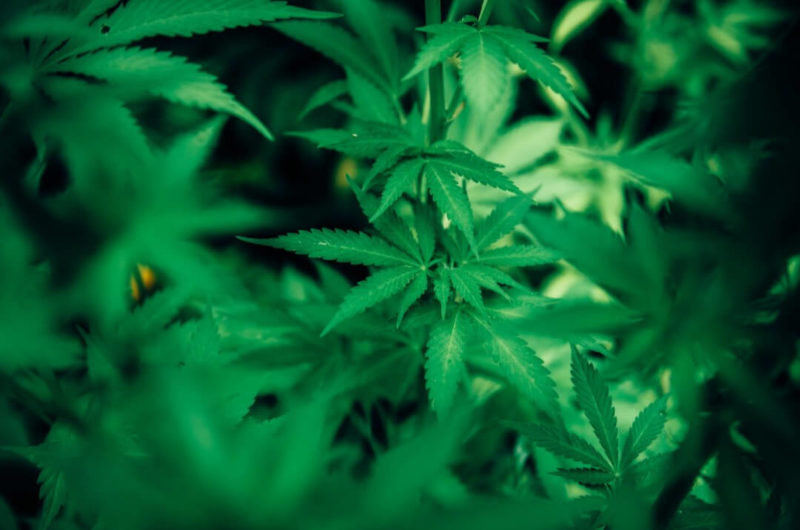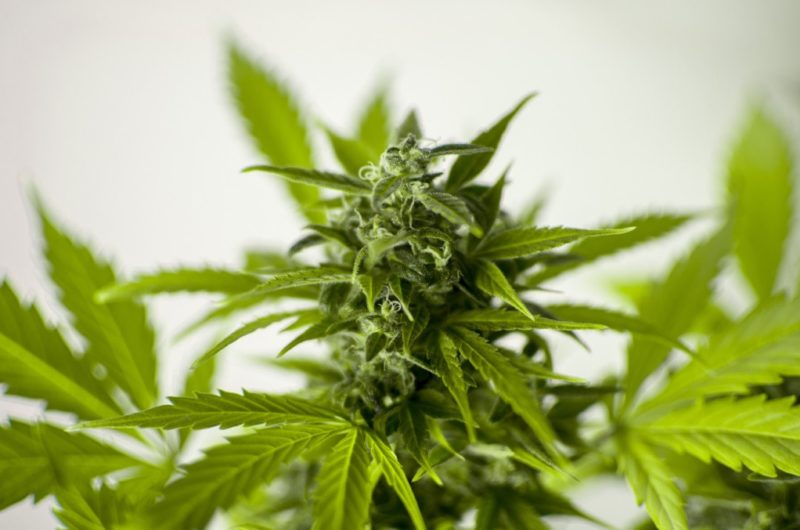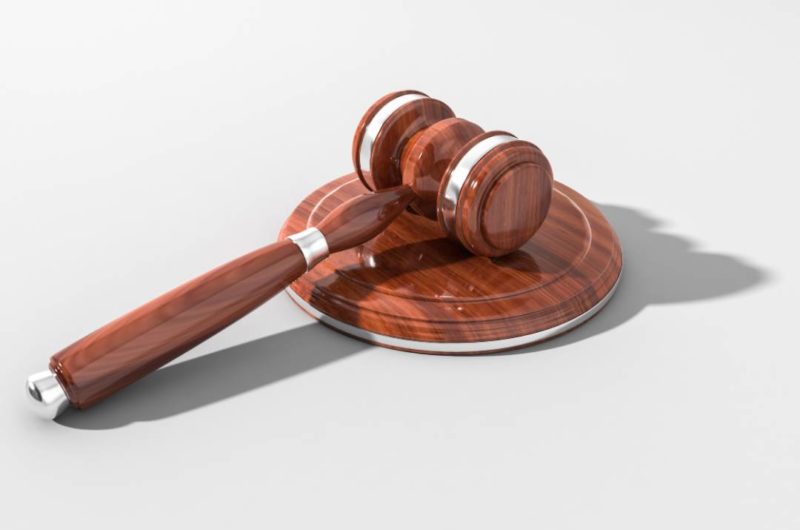Introduction to CBD
Cannabis is a plant that has existed on the fringes of society for nearly a century due to its association with marijuana and its psychoactive effect. However, in recent years, cannabidiol (CBD), a cannabis-derived compound, has been growing exponentially on the market since 2018. This new player in the field has created a host of questions. For this reason, we’re here to help you sort them out.
To understand CBD, it’s important to differentiate between cannabis, hemp and CBD. Cannabis describes an entire group of plants from the Cannabaceae family, including hemp. Hemp has been used for thousands of years for its strong, fibrous properties and is used to make products from rope to clothing. And now that CBD is legal, it is added to hemp’s repertoire of products.
Hemp is the governments nomenclature for the Cannabis Sativa L. plant that contains less than 0.3% tetrahydrocannabinol (THC). Unlike THC, CBD will not cause psychoactive side effects. Moreover, it is highly unlikely to cause anyone to fail a drug test
As a healthcare professional, it is important that you understand these differences if you are considering using topical pain relievers with CBD in your practice. Our articles aim to help you fill in this knowledge gap.
The Origins of Cannabis and CBD
Before we begin explaining how CBD works with the body, it is important to understand what it is and what it is not, starting with its source: Cannabis.
CBD is the second most commonly known cannabinoid derived from the cannabis genera of the flowering cannabaceae family (alongside hops, another popular plant from this family most known as an ingredient in alcoholic beverages).
While the theory of cannabis botany varies, botanists contend that cannabis is one of eight plant types in the cannabaceae family (also known as the Dagga family). This family has a total of 149 species.
Since at least the 1700s, botanists and biologists such as Carl von Linnaeus and Jean-Baptiste Lamarck have attempted to categorize subspecies of the plant based on various characteristics including physical attributes like height, density of branches, shape of leaves and timing of maturation. However, interbreeding and hybridization can make these plants difficult to find and categorize.
Still, the 3 most commonly understood subspecies include Sativa, Indica, and Ruderalis.
As cannabis and/or CBD are not approved by the FDA, they cannot be used as active ingredients in medicines. However, verifiable studies have revealed different components of cannabis, including phytocannabinoids, fatty acids, and terpenes.
To learn more about the hemp plant, click the link below.
Read moreCBD for Seniors
You are aware by now that their has been a significant uptake in CBD interest, particularly among seniors. While many elderly people are familiar with THC, the psychoactive compound in cannabis, many of them often ask, what is CBD?
Health professionals who treat senior patients can benefit from increasing their knowledge of CBD use among this vulnerable population. For starters, many senior citizens have a preference for more natural pain remediation strategie. Many of them turn to CBD topicals for hope.
As a health professional, it is important that you prepare yourself for any patient or client questions that come your way regarding CBD use and seniors. After all, it will fall on you to provide ample educaion fo rthe people you treat.
Read on to understand more about CBD use among seniors.
Read MoreTaking CBD on Vacation
If your patients or clients are curious about taking CBD products with them on their next vacation, especially on airplanes, we recommend that you get to know the laws.
After nearly a century-long prohibition, CBD was legalized at the federal level and removed from the Schedule 1 class of controlled substances. As a result, tertiary industries like travel and delivery have clamored to amend their laws in response the changes in the government.
The Transportation Security Administration (TSA) was among the first to alter their travel restrictions. They now permit products or medications that contain cannabidiol (CBD) in your carry-on or checked bag. But they still uphold the usual restrictions on the liquid volume of products you travel with.
To understand the travel changes in depth, read about these travel restrictions by clicking the button below.
Read MoreWill Taking CBD and CBD Products Make Your Patients High?
The simple answer to this question is “NO,” and there are several reasons that support this.
You may be familiar with THC, however, CBD is another one of many cannabinoids in the cannabis plant. Cannabis with levels of THC over 0.3% is referred to as marijuana. When ingested, people will experience the commonly known feeling of being high.
Fortunately, hemp, a specific strain of cannabis, holds only trace amounts of THC, less than 0.3%, and will not cause any psychoactive side effects when used. This means that there is no chance that hemp-derived CBD will make your patients high.
The 2018 Farm Bill stipulates that every CBD product on the market must derive from hemp and should contain no more than 0.3% THC. This bill helps protect both consumers and manufacturers to ensure that there are no CBD products on the market that might cause intoxication.
According to some studies – which haven’t been verified by the FDA – CBD produces an effect that is opposite to that which THC produces. These studies show that CBD inhibits the chemical receptors present in the brain from generating the intoxicated feeling that THC produces.
You can learn more about the difference between CBD and THC by clicking below.
Read MoreWhat Are the Risks Associated With CBD and THC Use?
The recent legalization of marijuana in certain states has resulted in increased consumption, and this has resulted in increased cannabis-related hospital visits. Therefore, a proliferation of questions has emerged regarding the risks associated with the intake of cannabis and its derivatives.
Questions like: how safe is it? What is the difference between CBD and THC? Can I overdose on CBD and THC? These are some of the facts people want to know.
To answer these questions, you should understand that the dose of THC required to be fatal is exceptionally high and, as such, almost impossible to achieve. Opinions vary as to just how much marijuana you would have to consume for it to be lethal. Where some people believe that between 600-1200 mg per kg of an adult’s body weight is required, some believe that only 30-60 mg is needed.
However, having prior health complications can significantly increase the lethal risk THC poses to a person. Some of these complications include cardiovascular and respiratory issues.
However, legal CBD products have only trace amounts of THC, less than 0.3%, making them perfectly safe for patient and client use. Your patients do not have to worry about any THC-related side effects.
You can learn more about the different risks that THC poses by clicking below.
Read MoreCannabinoids in Traditional Chinese Medicine
Traditional Chinese medicine (TCM) has a history that stretches back more than 3,500 years and is one of the oldest medical practices in the world. For the vast majority of its history, TCM has been practiced in the far east. However, in recent times it has gained headway into the west.
TCM has always understood the power of hemp. In fact, this plant shows up in medical texts that date as far back as 1800 years. These texts talk about the use of hemp seeds and fibers for continuous remedial purposes.
As a TCM practitioner, you can recommend CBD CLINIC’s pain relievers for your clients. Our topicals contain two active pharmaceutical ingredients, camphor and menthol. These two ingredients engender a cooling and healing effect on the skin, which are enhanced by the presence of additional terpenes from essential oils and extracts such as clove oil, peppermint oil, frankincense oil, and others. They are then delivered with emollients such as CBD hemp oil.
Cannabinoids exert their effect on the human body via the endocannabinoid system. However, there is an alternative way to access this system: acupuncture.
To learn more about the importance of cannabinoids in Traditional Chinese Medicine, click below.
Read MoreThe Importance of High-quality CBD
The legalization of hemp farming and the exponential interest in CBD this has generated has been both a blessing and a curse. It has been a blessing because more people can now access the many benefits of this plant compound. It has been a curse because the sudden uptick in interest has led to the tendency for many substandard products to flood the market.
Whether a CBD product is high quality or not is determined by several things. Questions such as: How was it farmed? Were harmful additives such as pesticides, fertilizers, and heavy metals used? How was the product manufactured and was there government oversight?
The answers to these questions will help determine whether or not a CBD product is safe to use.
As a healthcare practitioner, you want to ensure that your patients or clients get the best possible CBD products.
Ensuring that the hemp was cultivated responsibly from certified growers, that the manufacturer adheres to strict guidelines and that there is oversight in the manufacturing process are all vital to determining a products quality.
To learn more about the importance of high–quality CBD products and how CBD CLINIC’s products perfectly fit this bill, click below.
Read MoreCan I Use CBD in My State?
While the 2018 Farm Bill legalized CBD federally, individual states still have the right to ban its use or sale. In fact, there are some states yet to legalize the hemp plant.
Some of the differences in state laws governing the use of CBD derive from where it is being sourced, the intended use of the product and whether it’s recreational or medicinal. As more research is conducted into CBD, however, laws and regulations governing the product are expected to evolve. This implies a need to stay up to date on the legal status of CBD.
Click below to learn more about the legality of CBD in each state and the unique regulations surrounding it.
Read MoreThe Increasing Popularity of CBD
On May 31, 2019, the United States Food and Drug Administration held what would be the very first public hearing on the product. They did this to collect current scientific information regarding CBD, which will help influence their decision as to whether the industry requires regulation or not. Present at the event were 100 speakers, individuals from within the FDA itself, and 1,000 other participants.
In over 10 hours, presenters from different fields, including academia, retail, public safety, health, agriculture, and even consumers, contributed their quota to the knowledge. And while many questions concerning this product were answered, many were left unanswered. One thing that all present seemed to agree on is that there should be regulation, although opinions differed on just how much.
While the FDA continues to collate the data on the product and confirm its safety or otherwise for public consumption, marketing hemp-based products as either dietary supplements or as an active ingredient remains unlawful.
This event was the first of its kind, and points to growing awareness of the potential benefits of CBD Hopefully, more studies reveal benefits of this product for its users.
You can learn more about the FDA’s review by clicking below.
Read MoreHow Does CBD Work?
CBD is a non-psychoactive cannabinoid in the hemp plant. And with its recent emergence and popularity, several claims have arisen as to the benefits it poses to the human body. While ongoing studies seem to support some of these claims, not enough is known at the moment for it to be recommended for use. Even then, how does CBD work? What is its mechanism of action in the body? To answer that question, we’ll have to discuss the endocannabinoid system (ECS).
The ECS is a complex system present in the mammalian body that helps regulate homeostasis. It works alongside many other systems, such as the nervous system, to help the body function properly. It works by using cannabinoids, both naturally-occurring in the body or those taken from plants, to bind with cannabinoid receptors, much like a lock and key.
Click below to learn more about the endocannabinoid system and how CBD works in the body.
Read MoreDoes CBD Put You at Risk of Failing a Drug Test?
Your patients may be concerned that if they consume CBD, they’ll fail a drug test. However, this is highly unlikely. Broad-spectrum CBD or CBD isolate contain no THC whatsoever, so its consumption poses no risk to failing a drug test.
However, full-spectrum CBD contains trace amounts of THC, however, however, by law, levels must be below 0.3%. This is an extremely negligible level that is unlikely to appear on any type of drug test.
As a healthcare professional, we understand that you want to have a complete understanding of any and all products you use or recommend to your patients or clients. Fortunately, CBD CLINIC products use broad-spectrum CBD and, as such, pose no such risk to its users of failing a drug test
Click below to learn more about the different types of CBD as well as THC drug testing.
Read More







